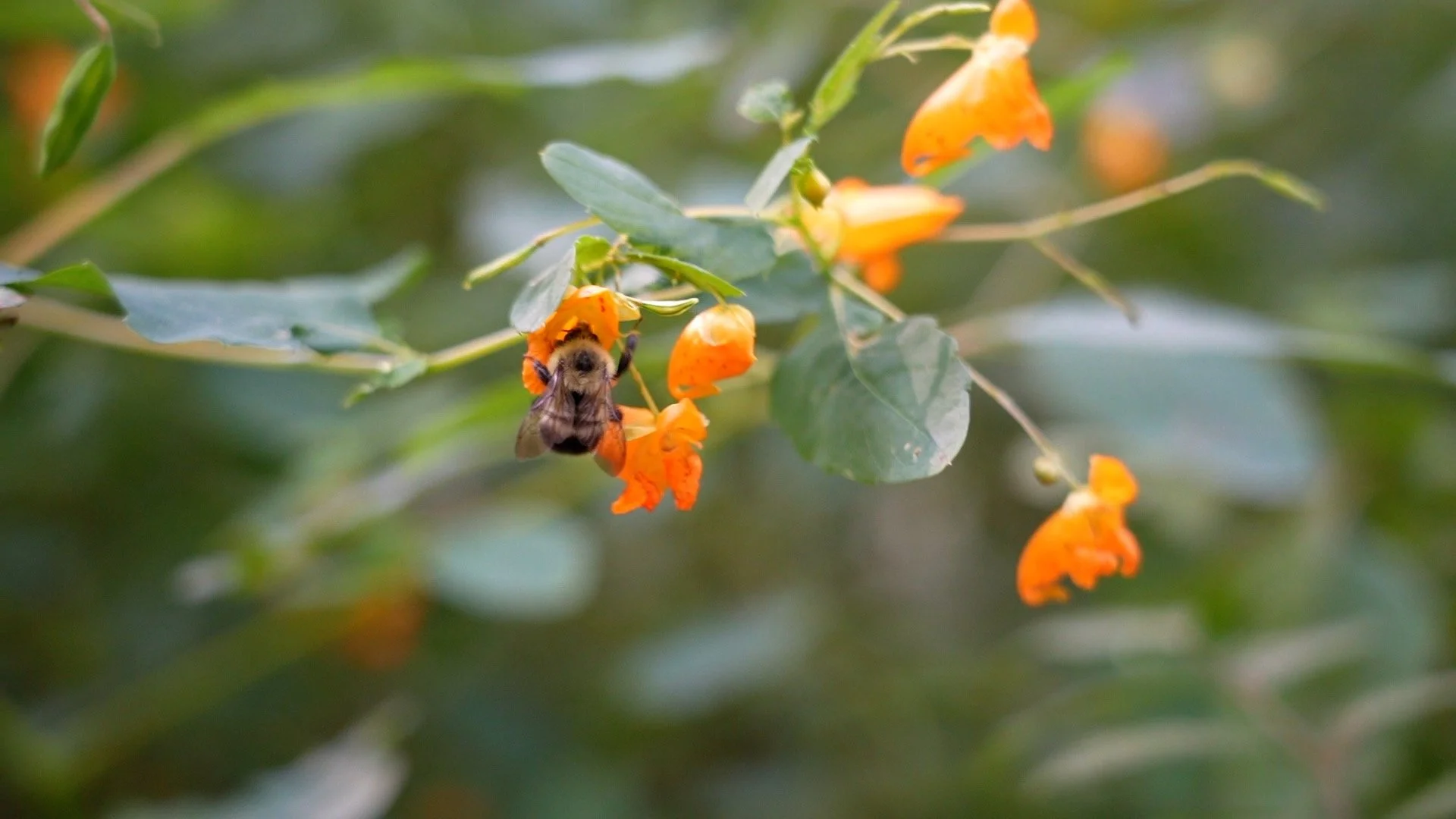Mountain Road Set
These are three Irish reels on the fiddle (see link at the bottom of the page), in this case a seven-string fretted electric fiddle, called, scarily, a “Viper.” It was made on New York’s Long Island, in the United States, by the artists and craftspeople at Wood Violins (www.woodviolins.com).
Viper violins frequently are used by rock and pop musicians, though they certainly shouldn’t be pigeonholed. I play primarily Scottish and Irish tunes. I’m learning some Bluegrass-style material as well. Playing a Viper in those styles is one of those genre-blending experiences you hear so much about these days. The “traditional” music I try to play originally was played on acoustic instruments, as electrified instruments obviously didn’t exist in the age when these old Scottish, Irish, and American tunes were born and raised. (I wonder sometimes, whether loads of players would’ve given them a whirl if electric instruments had been available way back when.) I also often play an acoustic-electric fiddle, a five-string Realist, which sings its heart out even in a strictly acoustic setting. I played the Realist acoustically into a desktop microphone, to make a recent YouTube video featuring a set of jigs starting with The Walls of Liscarroll (Link to Walls of Liscarroll Set).
I bought the Viper and the Realist online from the congenial and knowledgable folks at The Electric Violin Shop (www.electricviolinshop.com), which is based in Durham, North Carolina, also in the United States.
For this set of reels, I played the Viper through a digital interface (PreSonus Studio68c) plugged into my laptop (MacBook Pro), so there was no ambient interaction with the sound, no standalone microphones or amplifiers involved. I use Logic Pro X as a Digital Audio Workstation (DAW) and processed the Viper’s clean signal in post-production using Logic’s resident EnVerb effect, with a few small manipulations of the default settings. I also used some compression on the master track. There are ways to make a purely electric fiddle sound more or less like an acoustic fiddle, but I wasn’t trying to do that. My goal was to produce a sound I enjoyed using the gear on hand.
I’m still working in what fairly can be termed an intermediate development stage as a fiddle player. I played desultorily for a couple years as a child, but then stopped for decades, for exactly zero good reasons. I didn’t start applying myself to the fiddle in earnest until I was in my 40s. I’m in my 50s now. There are plenty of pitfalls and troubling implications involved with being a late-adulthood learner of musical instruments, or I reckon, of anything else. But, this is an area where the platitude, “better late than never,” applies with specific resonance. Of course I wish I knew then what I know now; that I’d had the presence of mind to identify my own natural desires at a young age; and that I’d been as fervent a student of music back then as I strive to be now. However, the nature of reality seems to dictate I’d be wasting the time I have left by lamenting the past. Instead, I’m getting on with doing what I love to do, and I can tell you, it’s worth the effort. Even if I were to have to start over from scratch again right now, I’d do it without hesitation. I’m more fulfilled, even at my limited skill level, doing what I love, than I ever have been doing anything I didn’t love, even at much higher skill levels, which, not for nothing, is a decently accurate description of a disturbingly large percentage of my personal history. I’ve learned from the whole experience that identifying the good things we love to do, and doing them vigorously as much as we reasonably can, is a key to happiness in this life. And it’s not over just yet. I’m working continually to improve.
For the backing track supporting the fiddle tunes, I used PG Music’s (www.pgmusic.com) gobsmacking software called Band-in-a-Box. I don’t pretend to understand any of the technology PG Music employ to create their software. As far as I’m concerned, the PG Music wizards work in towers or castles or caves, or wherever wizards work, and they produce their programs using wands and staves and cauldrons. Whatever the case, I used their intuitive software right out of the box (so to speak) to create a backing track with a stand-up bass, a guitar, and a bodhrán. Then I imported that track into Logic Pro X. I played and recorded the fiddle tunes over the backing track, and did all the mixing in the DAW.
I played the fiddle part in one take, instead of combining multiple takes to produce one with fewer bobbles. Logic Pro X does feature powerful comping tools, and I’m learning to use those. For now though, I’m recording my peccadilloes as a reference to determine the nature of my progress, and far more often, to put a magnifying glass over the elements of my playing I’d like to improve. Recording yourself regularly, experts say, is one of the best ways to analyse your playing, and that self-analysis provides a viewpoint that informs your practice. From my limited experience, I concur, even when the picture my self-analysis provides isn’t particularly pretty.
The photography in this video was produced by Bruce Maskell. Bruce has been taking photos in the Pacific Northwest of the United States for more than 30 years. His work also is on display accompanying a multi-track recording I made on bellows-blown Scottish smallpipes for another recent YouTube video (see link below). Bruce still wanders the fields and mountains of the Pacific Northwest, capturing beautiful images. You can see more of his work at www.brucemaskellphotography.com.



